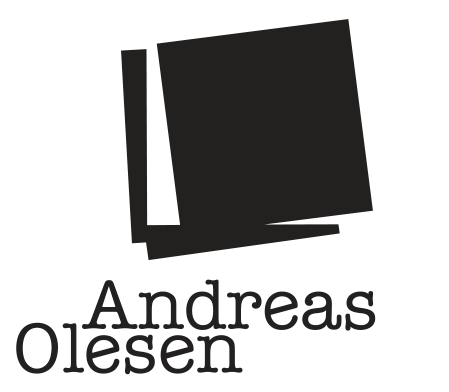Inkjet & Silver Gelatin Print | Edition of 8 + 2 Artist Prints | 60cm x 40cm | 40cm x 27cm | 2009-2011

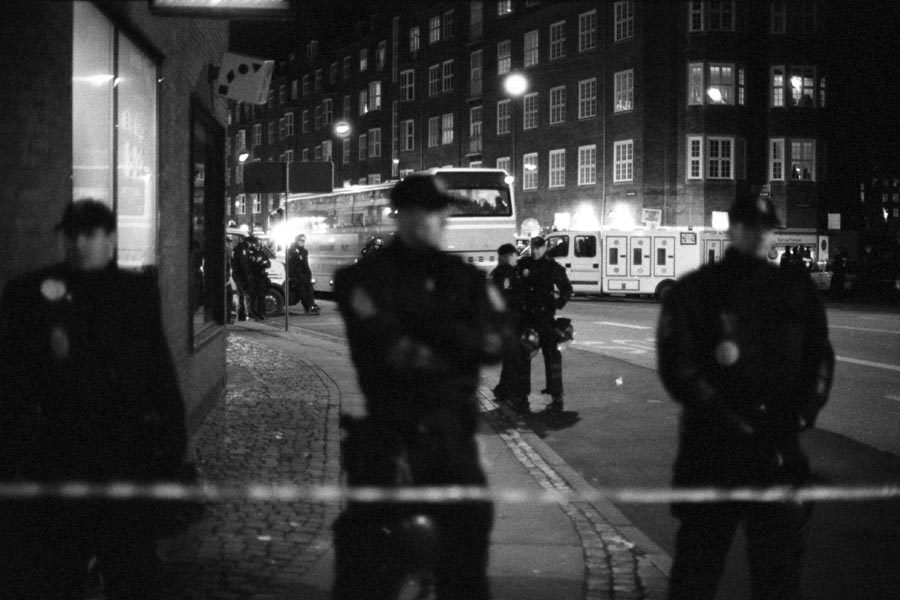
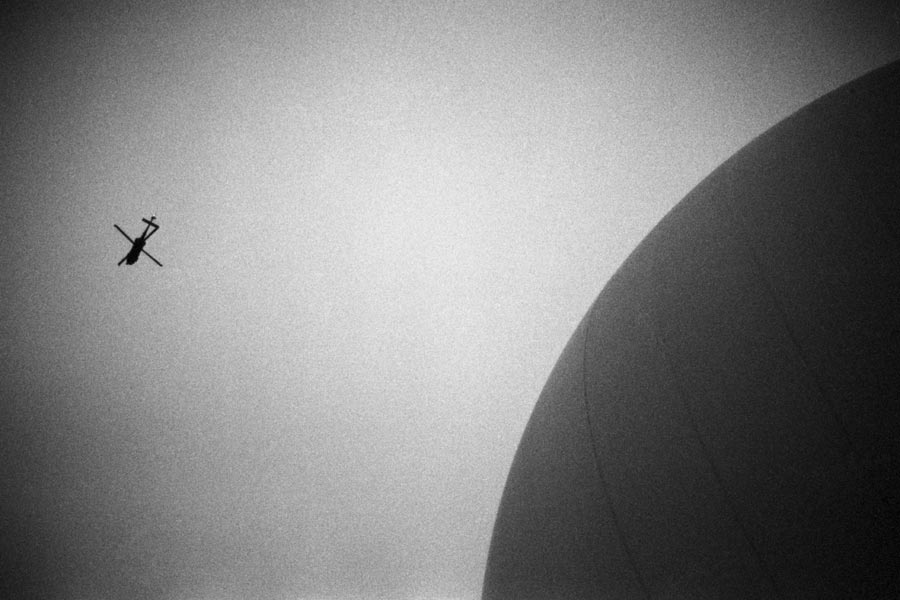
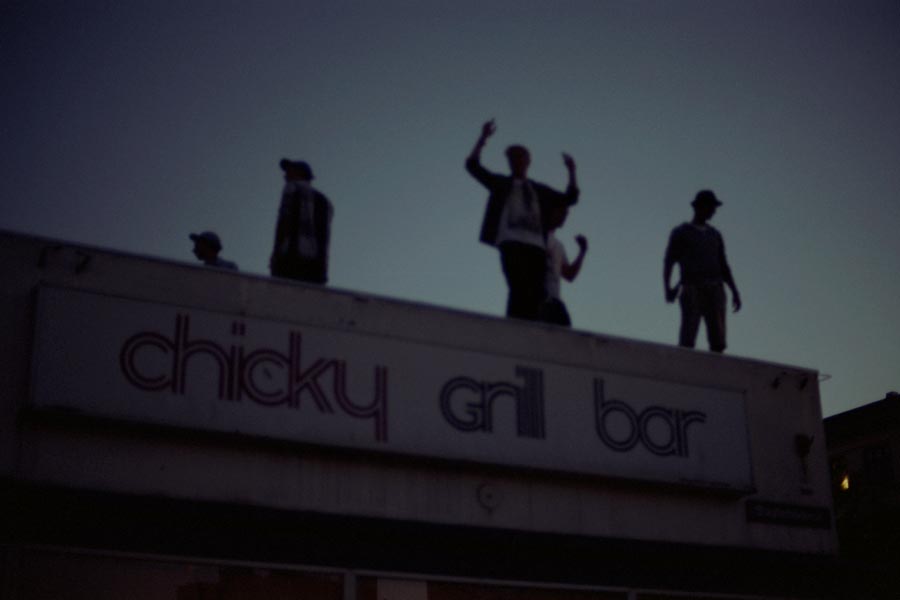
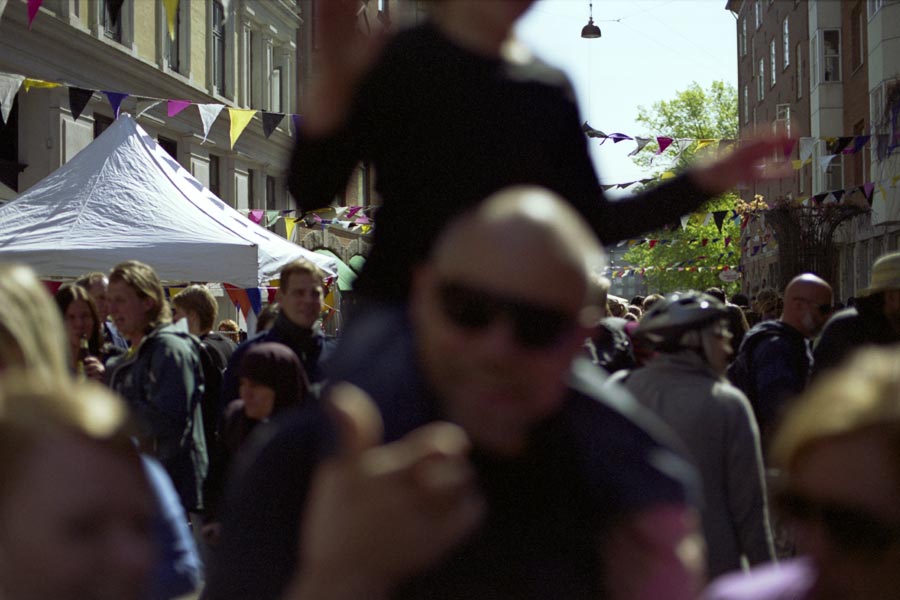
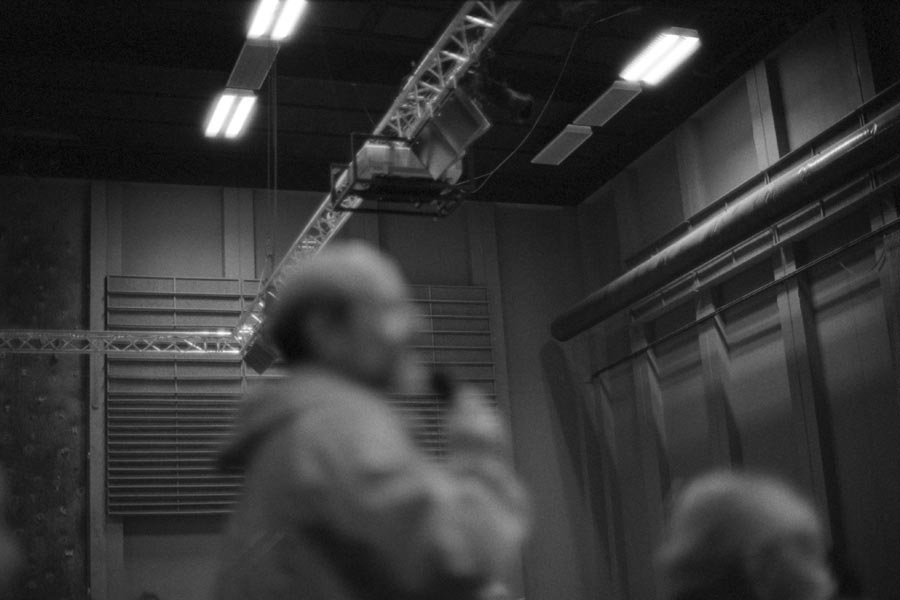
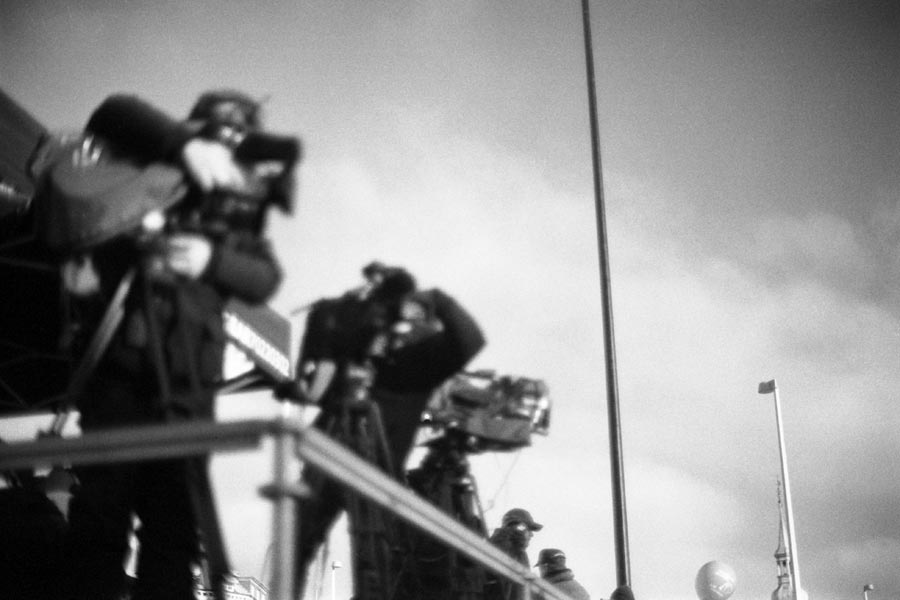
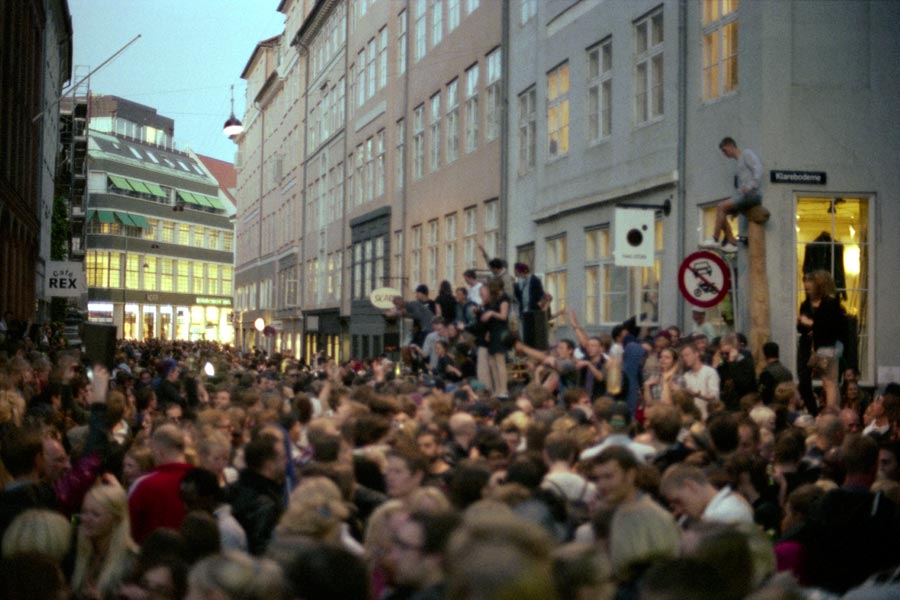

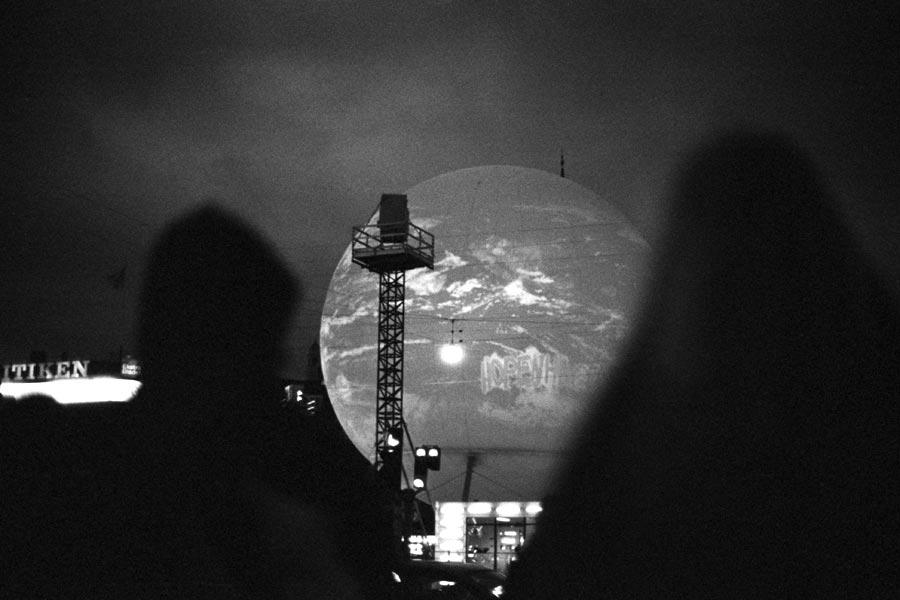
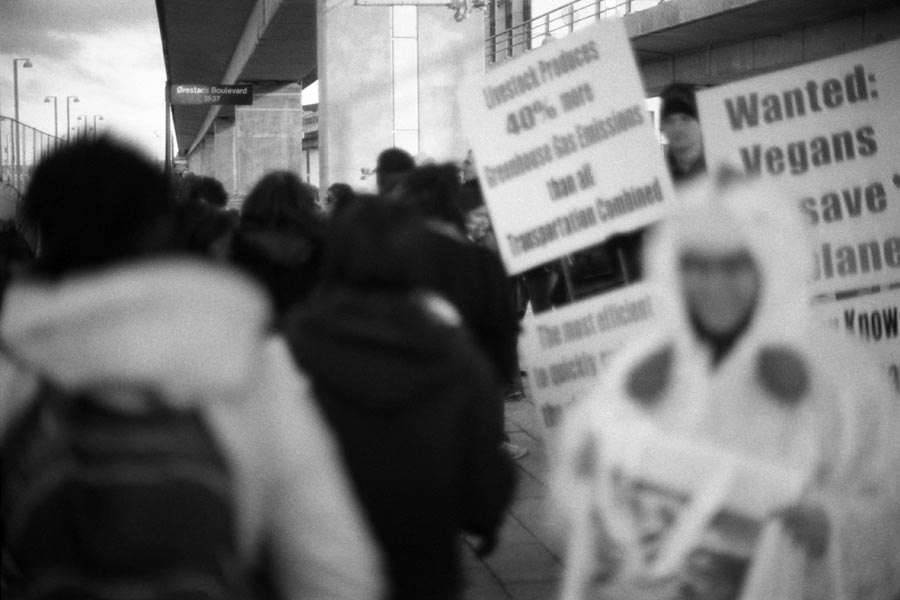
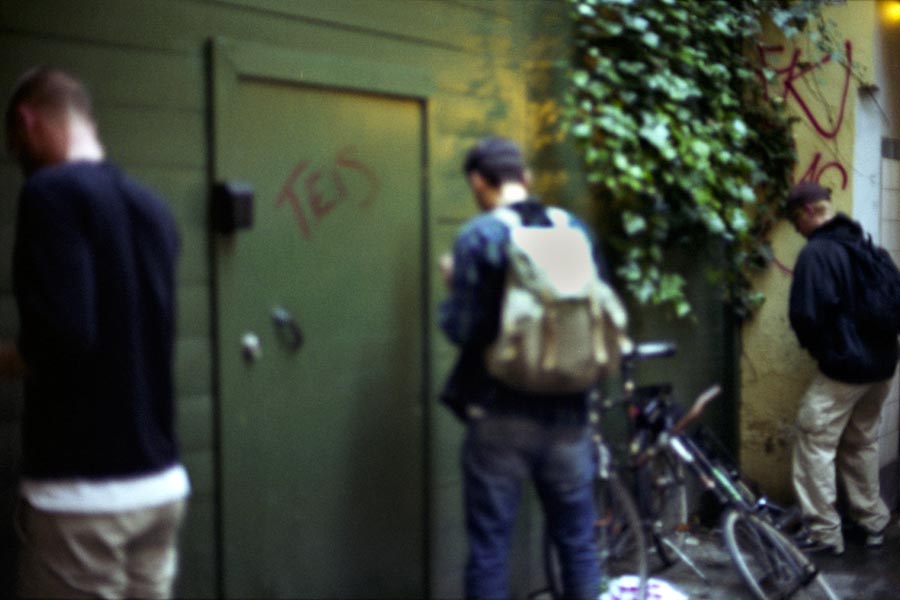
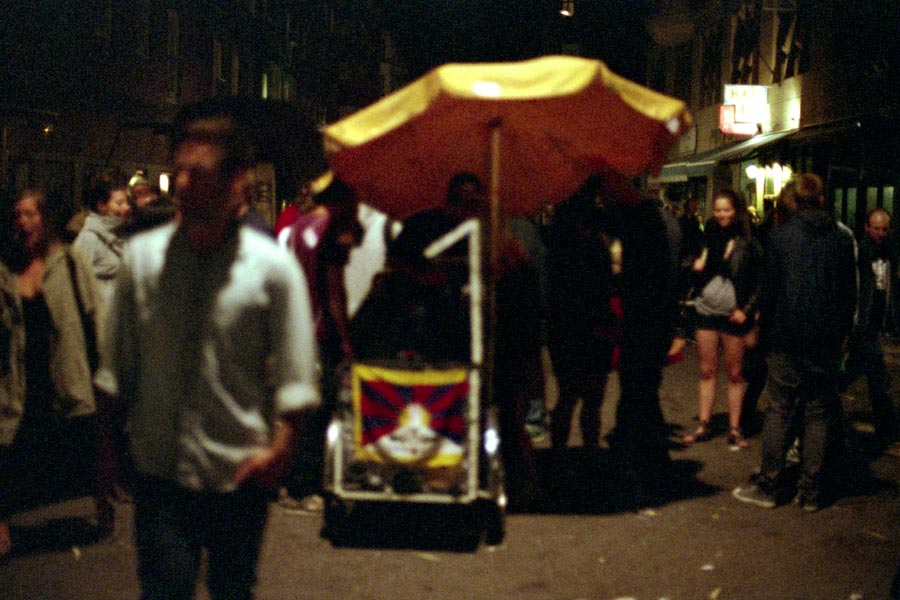
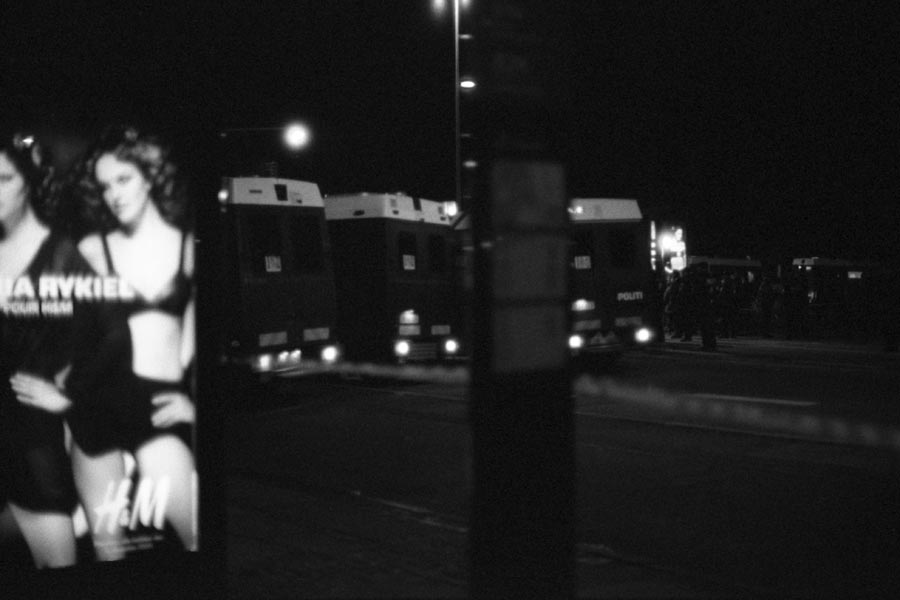
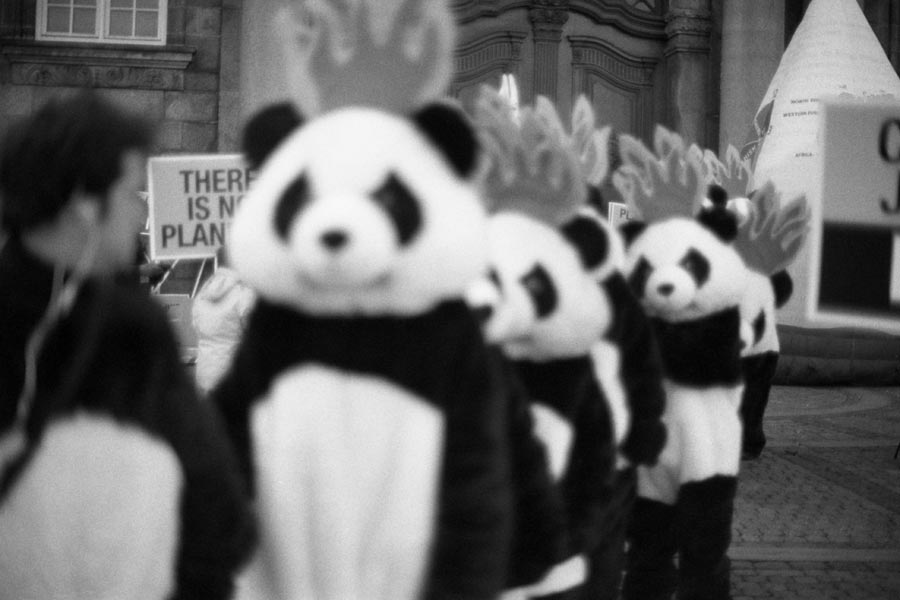
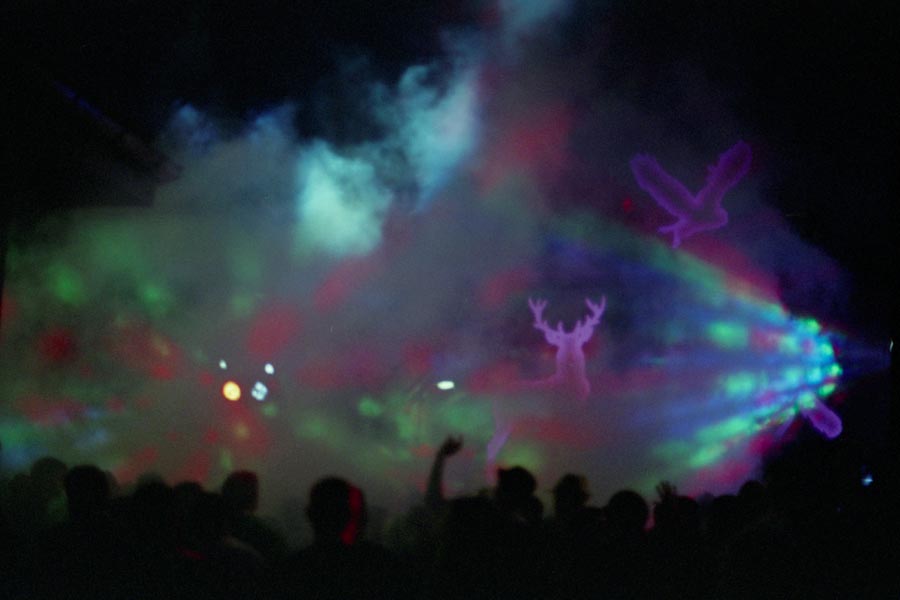
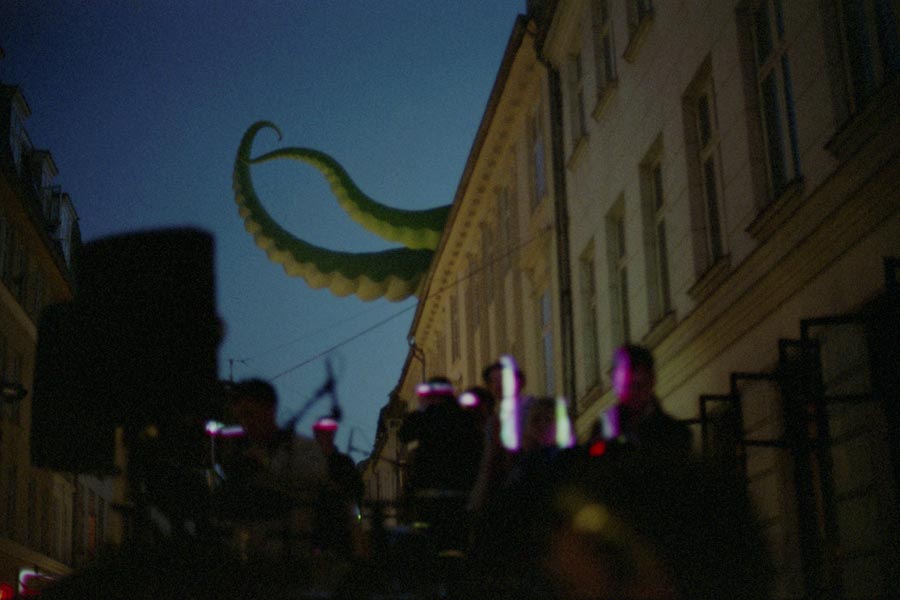
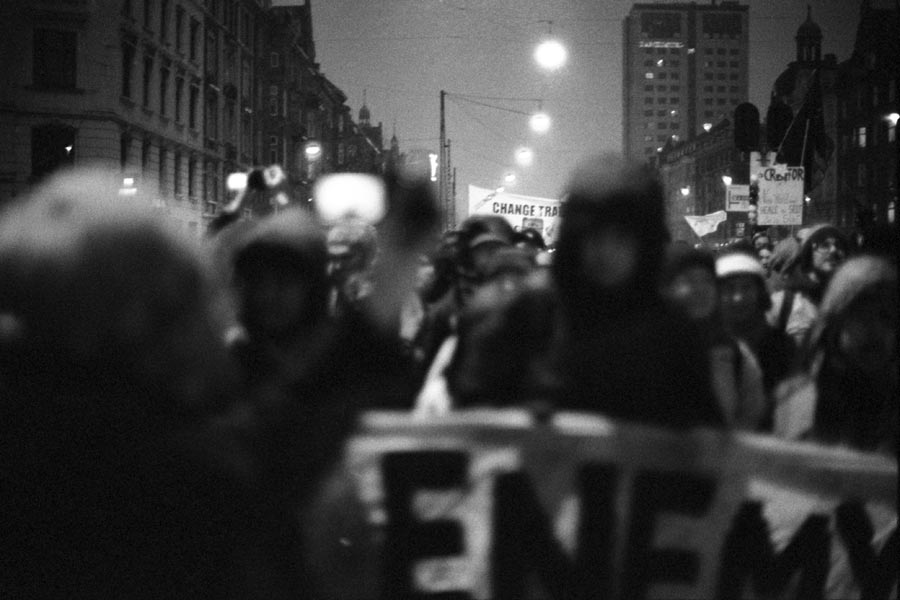
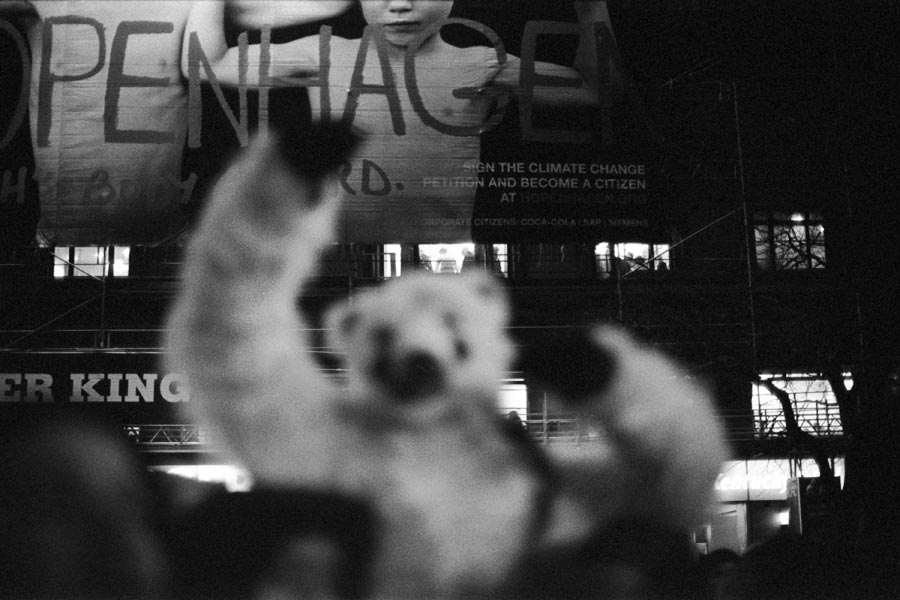
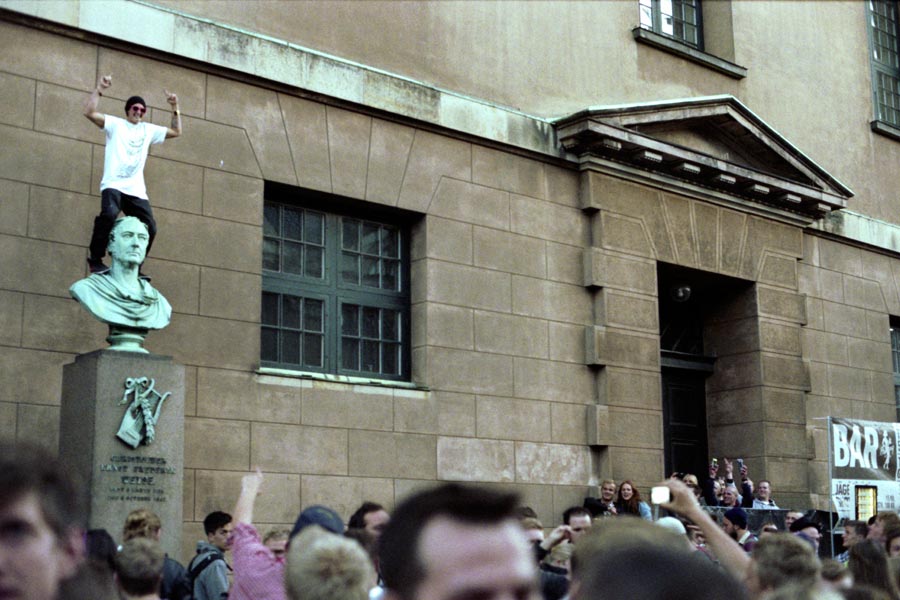
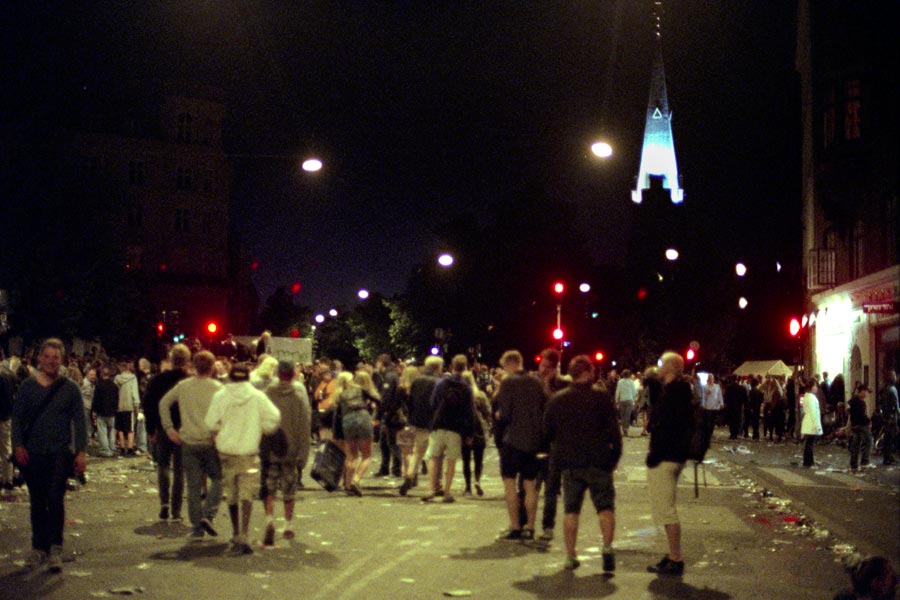
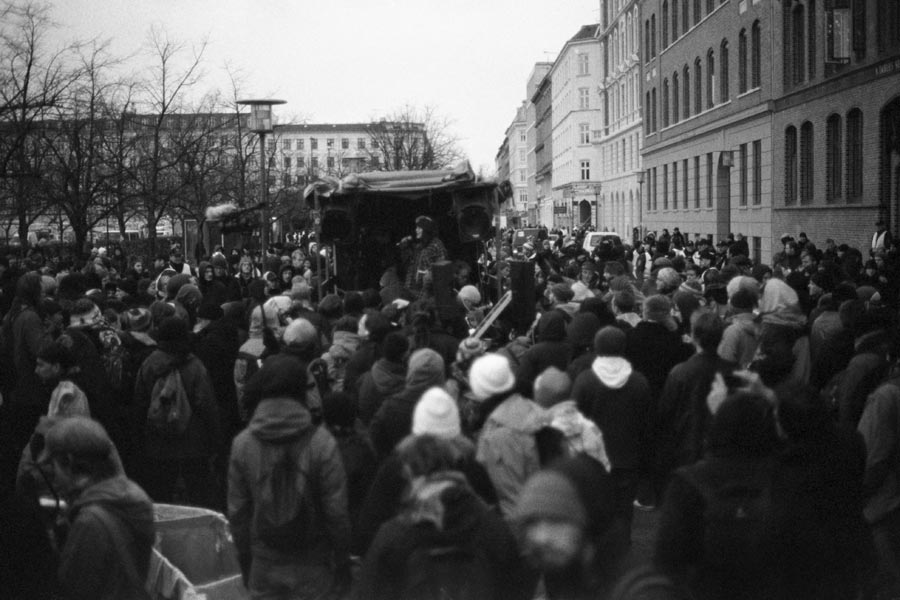
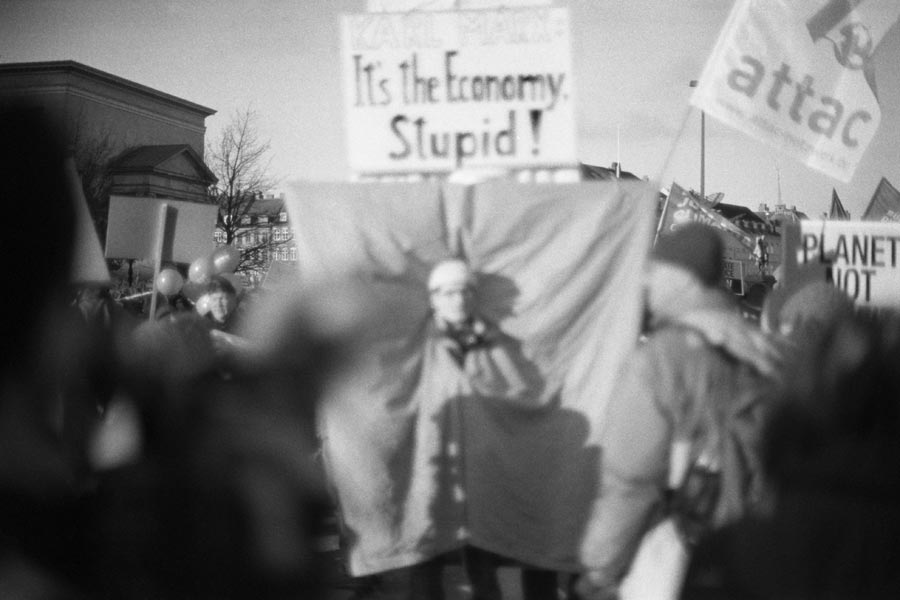
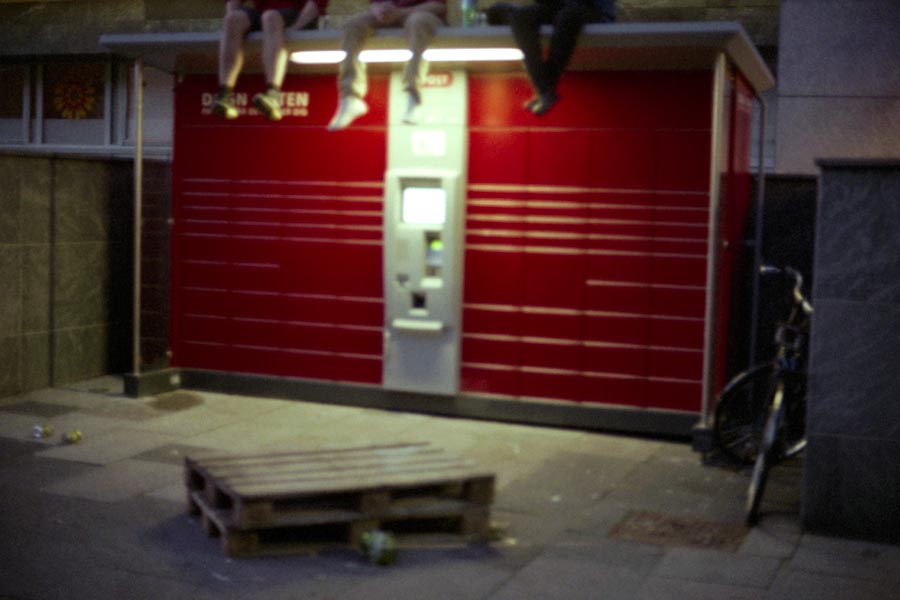
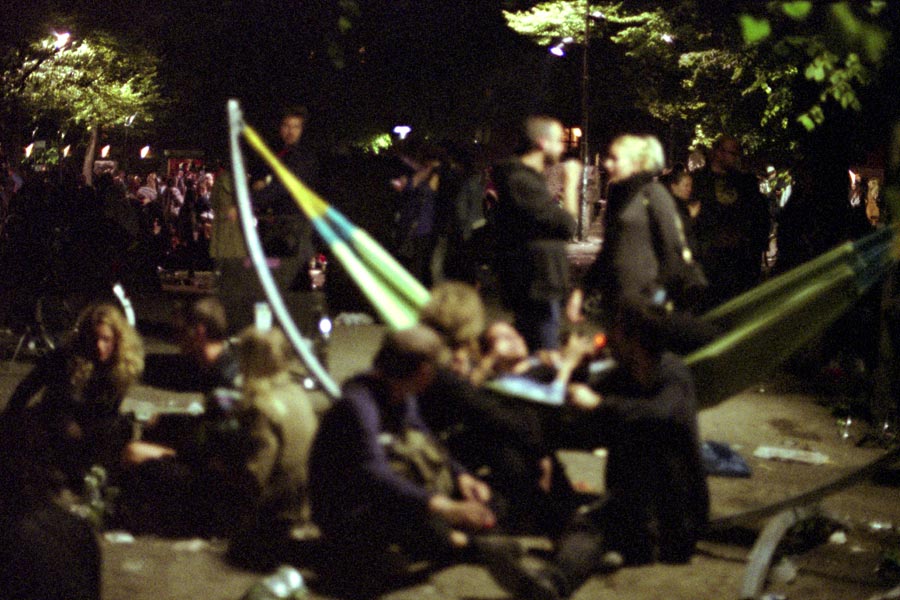
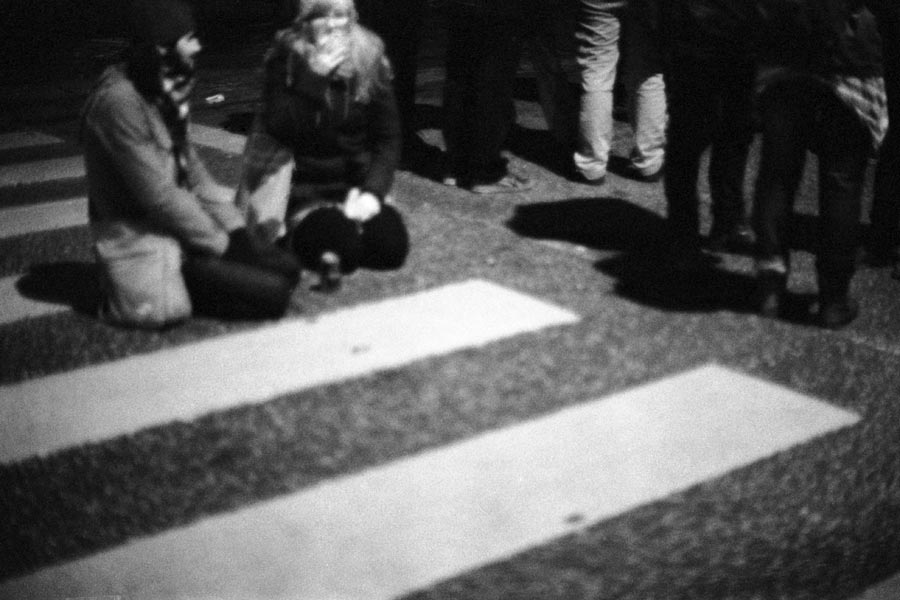
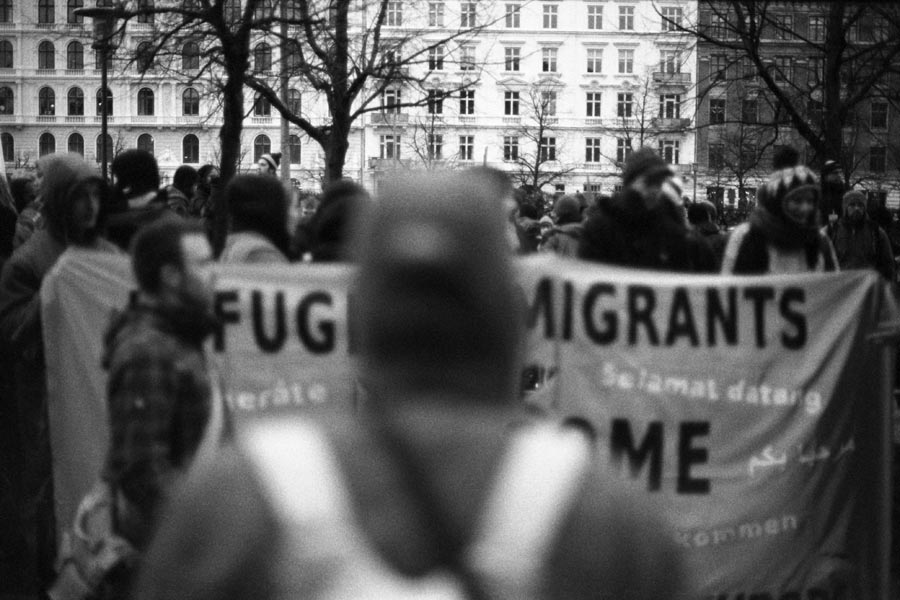
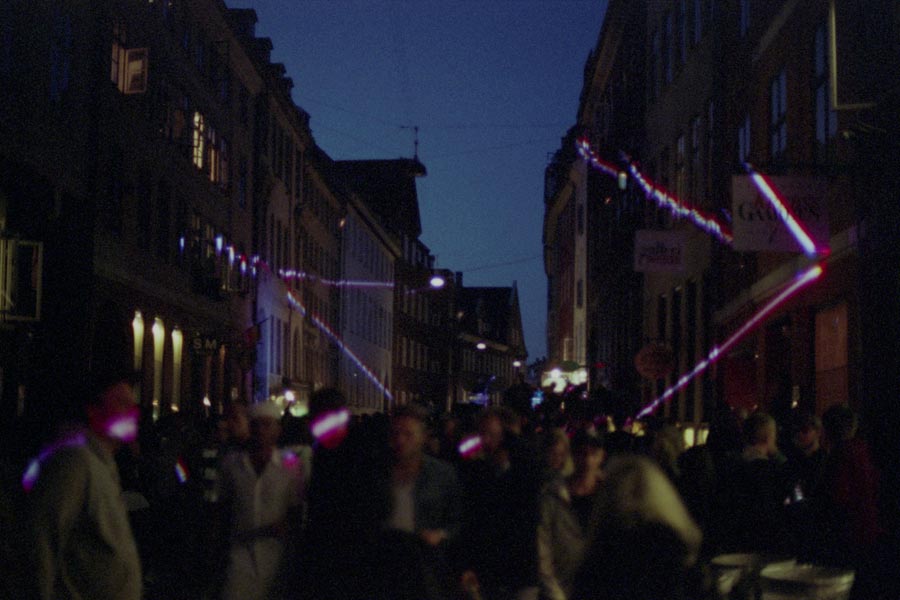
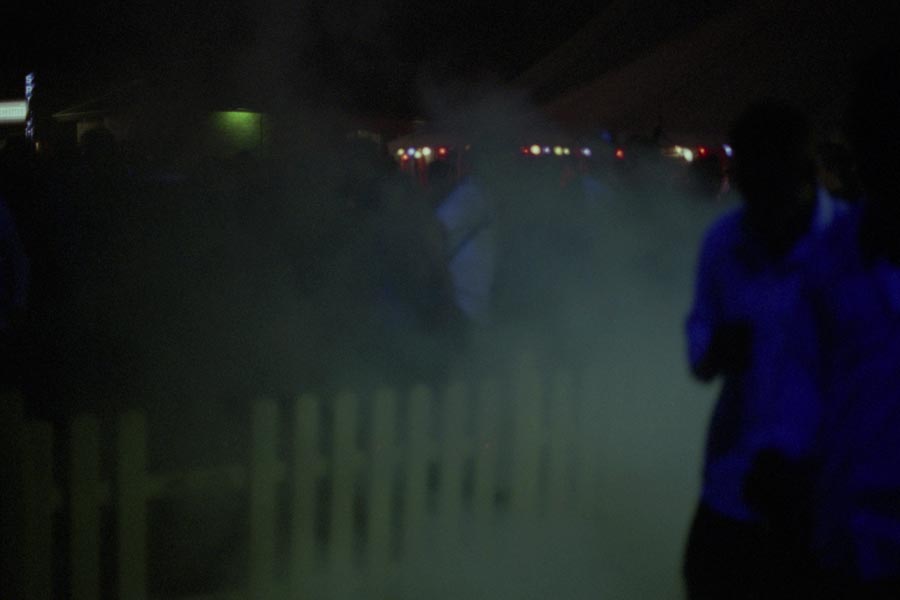
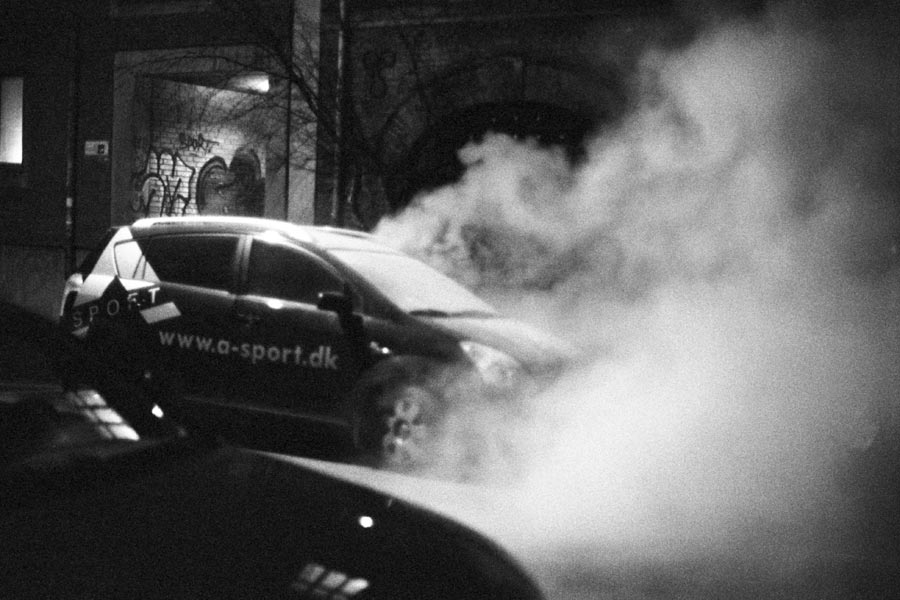
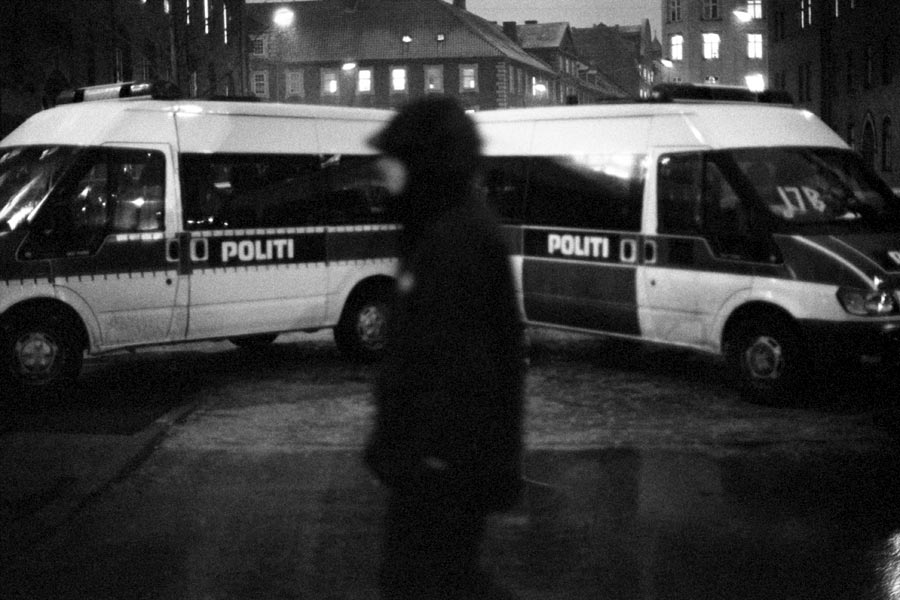
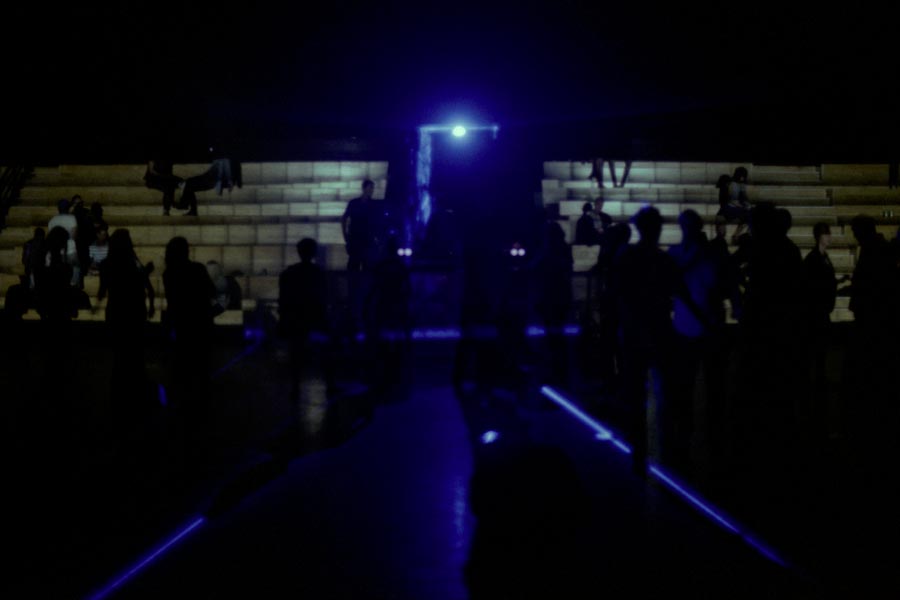
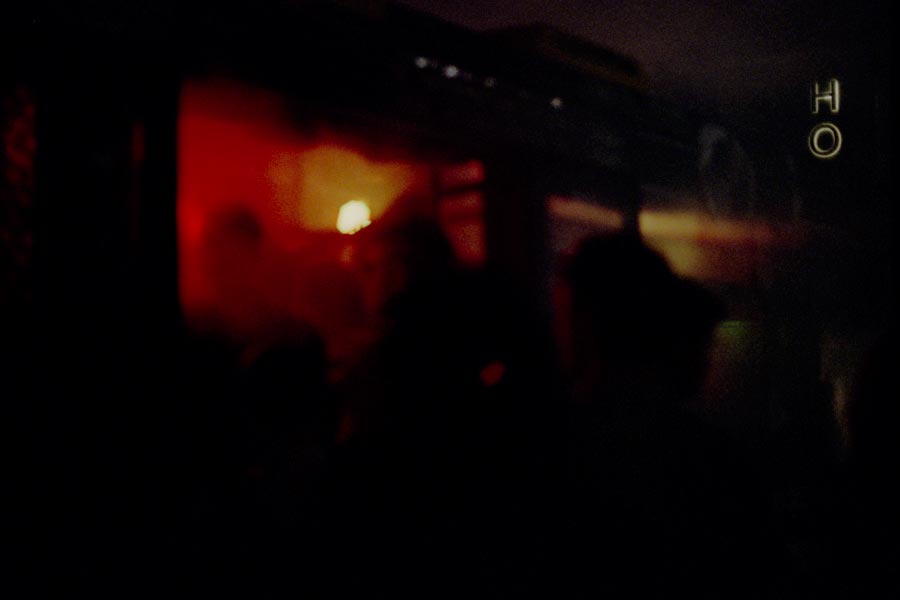
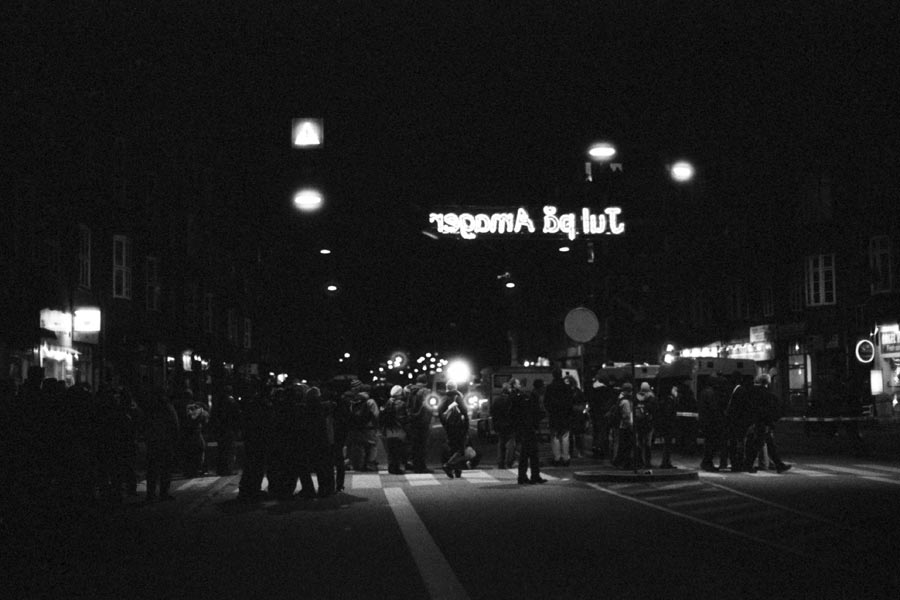
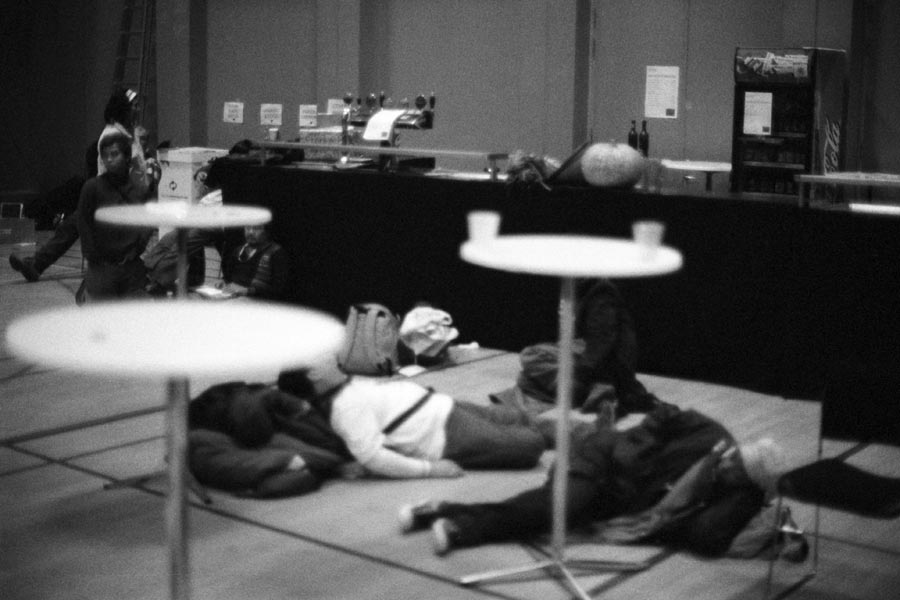
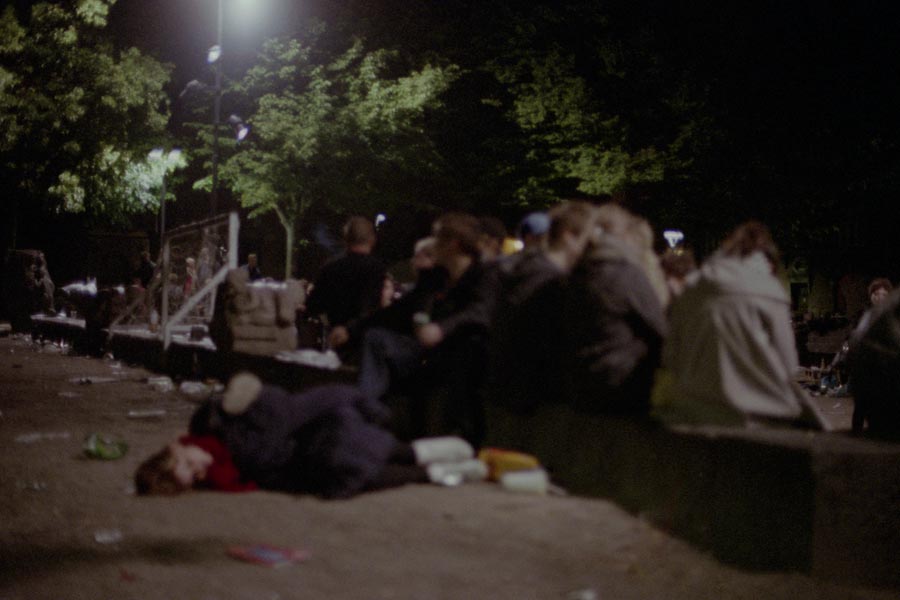
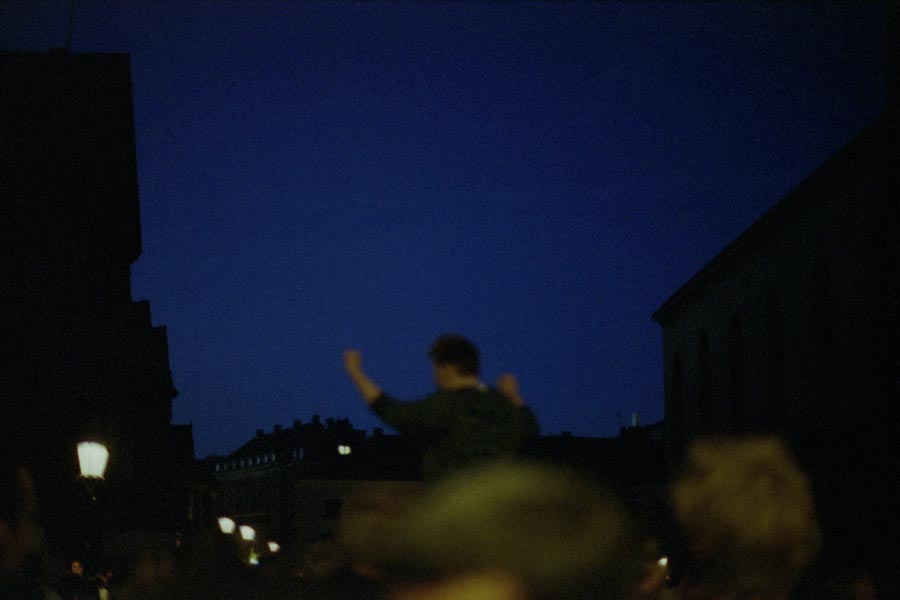
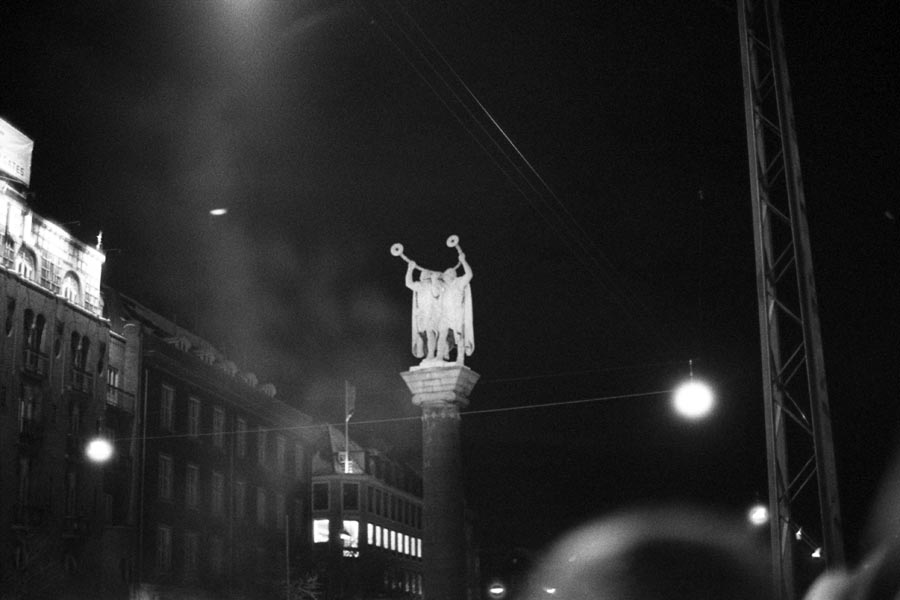
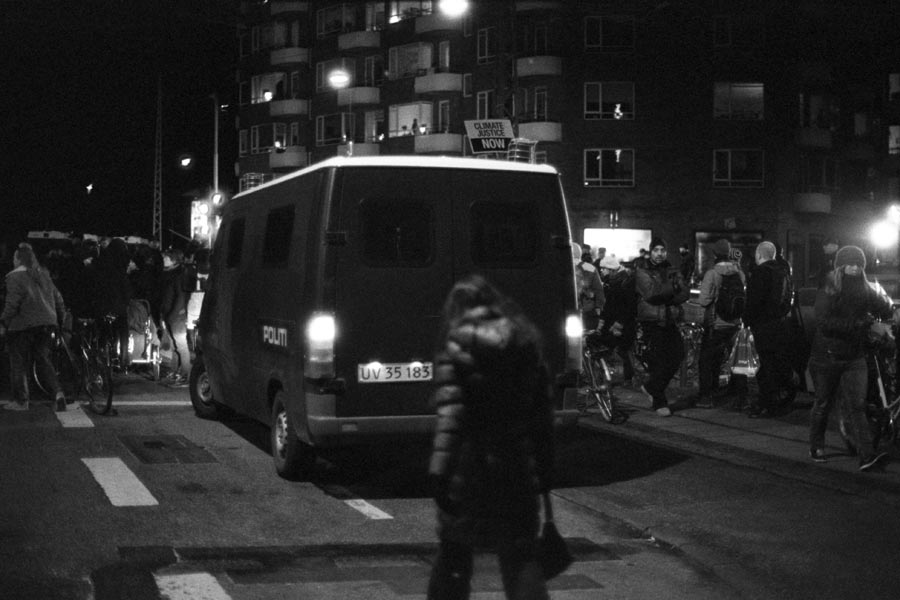
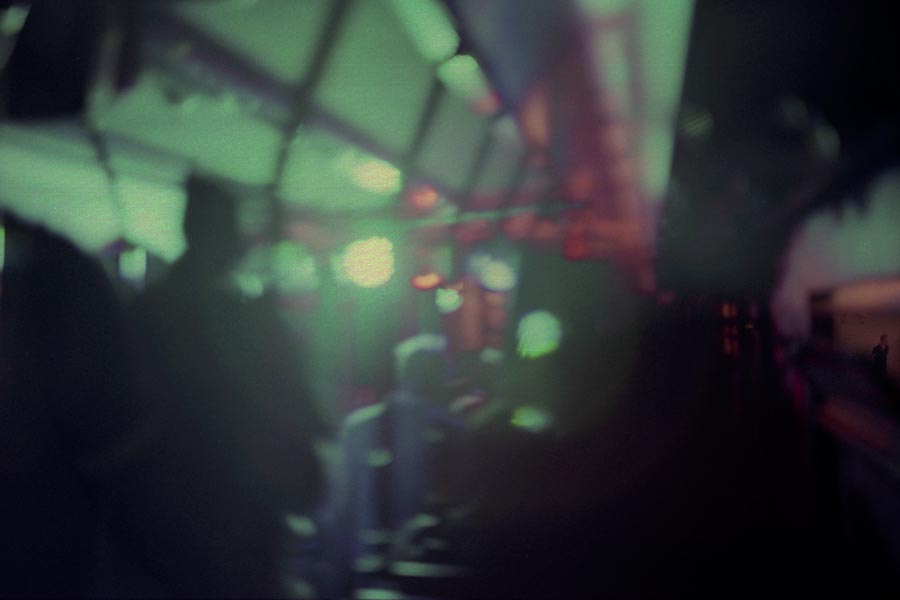
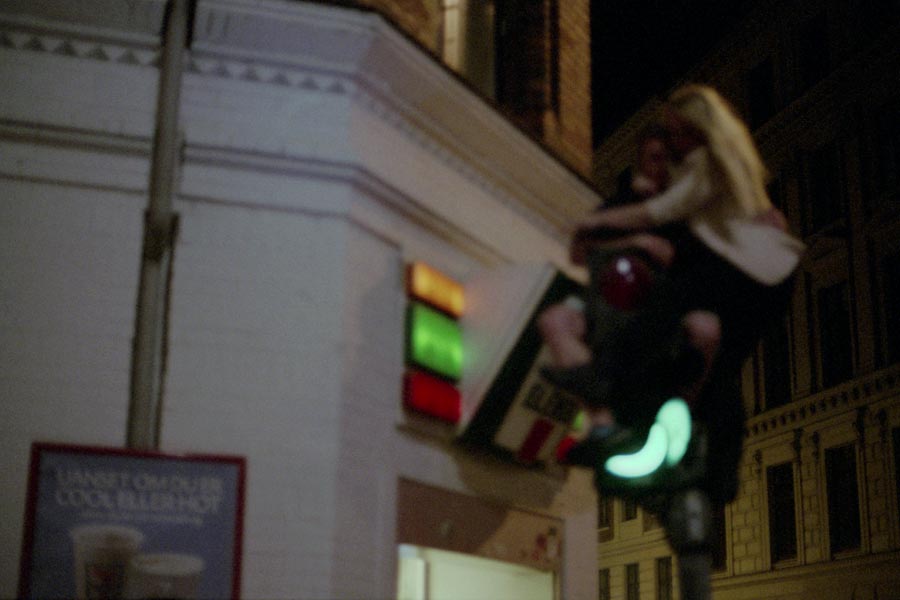
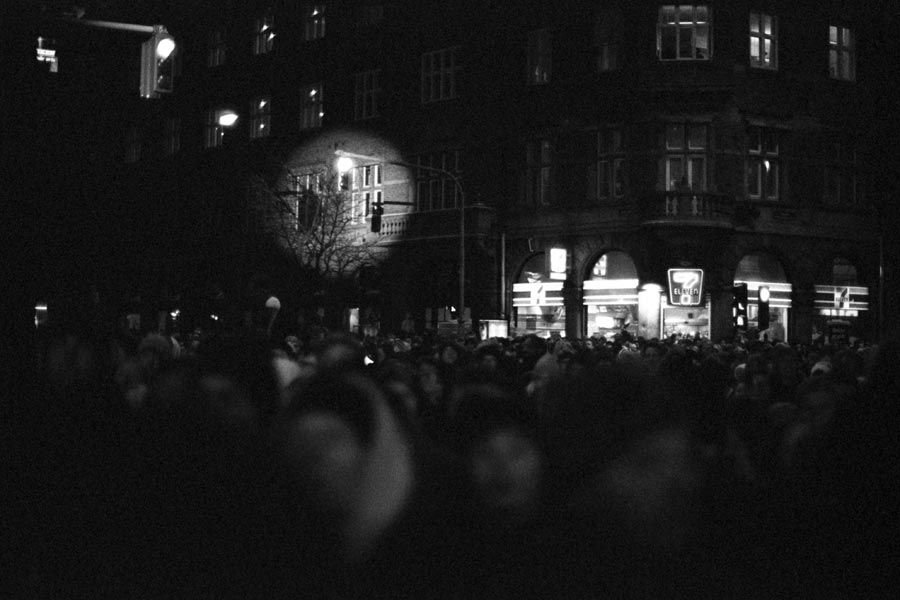
As photography becomes available to almost everyone, the meaning of a photograph changes. Not so long ago, photographers were mostly professionals, selling their technical skills and equipment, and usually commanding a high price. A photograph had the shine of value, of slight uniqueness. This perception of image making endures today, but is quietly eroding little by little.
Now that everyone can be a photographer in their own respect, the ranks of professionals has thinned significantly. With the accessibility of digital photography, the joys of visual expression are available to all. Surely, this is a powerful tool: individually, politically and artistically. Who needs to pay for an expensive wedding photographer when everyone at the wedding has a camera? The revolutions are indeed being televised, and information is perpetually being sent around the world. It is harder for the powers that be to control the flow of images and a cell phone video can rally the entire world to your cause.
In the realm of art everyone has access to a new batch of tools. A camera phone with Instagram can make an artist out of anyone. Like many other things, photographic art is becoming or has already become globalized and democratized. The only thing left to a photographer is his or her vision. So what does one do differently when they set out to photograph a situation where everyone else is also taking pictures? Places and events where hundreds of thousands of people are watching, where major media outlets are publishing information as it happens, and everyone else is taking pictures for themselves and the people they know?
Before embarking on the process of photographing the COP15 Climate Conference, these were my concerns. The project began in my head with romanticized dreams of the war photographer catching brutal or pivotal moments, in the streets or among the politicians. The more I thought about it, the more clearly I could see that there would be many such heroes, available and willing to follow everything that happened. Where did I fit in, shooting high- speed film with available light and having no connections to any of the parties involved? I had no press card and would not be granted special access. I realized that in order to see and photograph the conference differently I would have to look away from the center.
After making this decision to find a new focal point, I made an unusual technical choice to go along with it. I locked my lens to focus only at infinity in order to look at what was happening under those physical conditions. Using my lens to literally lose focus on what was happening before my eyes, I could be an individual again, and I could work independently of all other vested parties. I could make images which speak of the larger issues and events behind the singular happenings of the moment. This, I decided, could help me look past the immediate, and perhaps instead witness the elusive bigger picture.
This is the core of Looking Past. I have photographed two large events in which large groups of people gathered with very different goals in mind. I am presenting the images together in order to highlight some of the similiarities and contrasts between the nature of these events and the way public spaces where ultilized for entirerly different motives. One being political (in black & white), the other cultural (in color). These were the events:
COP15
On December 7th, 2009 the United Nations Climate Change Conference began in Copenhagen, under a deep shroud of doubt and ambivalence. For weeks, if not months beforehand, talking heads had preemptively decried the conference as a failure, so underneath the officially optimistic reports, many doubted the conference could be successful. I found myself interested in the proceedings both as a photographer and a resident of the warming planet.
All around me people were focusing intensely on what was happening. The police were intent on security, the politicians on politics, and the protesters and lobbyists on being heard. Very little discussion focused on the big picture - even though that was the basis for the conference — and therein might lie the reason for its failure.
These are not images of a climate conference, but rather a portrait of a city hosting a climate conference. I did not cover the event as a journalist; I photographed in and around the conference, observing ripples in a lake after a heavy stone has been thrown in.
Distortion Festival
The Danes love summer. As a nation which endures a dark and fairly bitter winter, come the first real sunshine of spring, they emerge fresh-faced and ready for exposure to anything even closely resembling nice weather. Work and school are conducted outside as much as possible, and free time, from socializing to doing laundry, is preferably done in the sun.
The city of Copenhagen is no exception. Indeed the city invests a lot of money and time in turning Copenhagen into a summer playground, financially backing many outdoor cultural events — including the somewhat controversial public music festival, Distortion. The festival was started as a one-day music party in 1989, and has grown ever since. In 2000 it became a five day mobile festival, spending each day in a different neighborhood of Copenhagen, with free street parties during the day and evening, and club events at night. The street parties have eclipsed the paid club nights, becoming the main attraction and causing the festival to lose money. The growth has exceeded everyone’s expectations: in 2010, there were approximately 40,000 guests in the streets; in 2011 there were 130,000.
Every party has an aftermath and this one was no exception. The debates following the festival centered on the state of the city afterwards – there were not nearly enough toilets or trash cans. I was more interested in some of the other implications: the role of public space in a metropolitan city, the role of alcohol in Denmark, and a culture which encourages this kind of festival? Denmark frequently tops the list of countries with a dangerous relationship to alcohol, yet this is rarely discussed in relation to festivals. There are many contradictory themes within such an event.
The festival was alternately beautiful and horrifying. How wonderful to live in a city with the audacity to turn itself into a festival playground! How tragic to imagine the possibilities of this much energy focused on solving local social issues. How should one think of such a festival in light of the fact that Danes also give one of the highest amounts of money to charity, both individually and nationally (by GDP) in the world? There are no easy answers, and I wanted the series to touch on some of these ambiguities. In the meantime, Distortion Festival 2012 is right around the corner.
